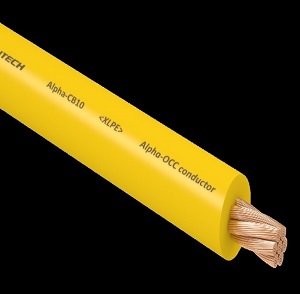Cuzzy-Bro - were are across the ditch from one another…
I could sort of believe it for a “Switch Mode Power Supply” (SMPS).
But most gear has a power supply with capacitors and stores the energy as DC.
Certainly with experience running some tube amps I am always impressed with the music playing for 10 seconds after the power is cut.
If the device has a transformer, then the neutral and hot side are generating the DC relative to either the neutral or a transformer center tap… so it seems unlikely that after going from (assuming) the hydro of NZ to the house… that one can pick up a lot benefit with the cables in the wall.
What happens on the ground could be different, and it might be possible for low impedance cables and power cords to sink the nuetral and ground with more bandwidth. In that case more small wires have more surface area… and should have performance out to the MHz or further. At least in theory. Dunno if it is ever needed though.
You might be correct.

Many people change cabling and find a difference.
But also people that replace receptacles with high grip ones, and clean off the decades of corrosion get similar gains.
I could believe that corrosion could be worse in coastal areas and maybe worse for more small wires?
I don’t know…
- Apart would help to not induce voltages in the other set.
- But together would minimise an coil for magnetic fields to couple in.
Most of the stuff here is not twisted, like the flat white jacketed cabling.
The round orange stuff (Maybe Clipsal) might be somewhat wound???, so I would probably have that run If they were close together.
The modest priced “grippy outlet” is not a bad idea.
And I am not sure if there are things to slow down corrosion. The sparkies just seem to twist the ends up, and bung em straight into the receptical.








